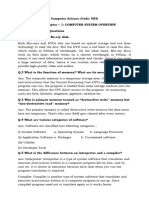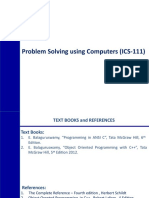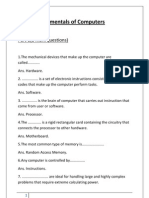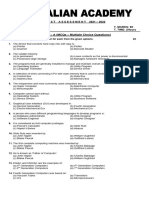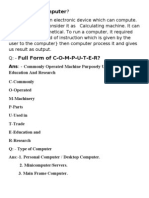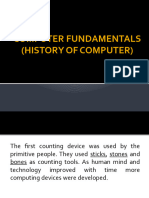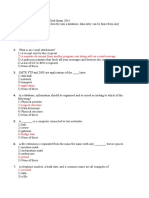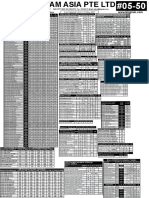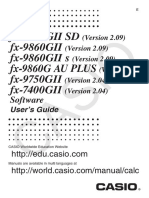0% found this document useful (0 votes)
48 views9 pagesChapter 1 Computer System Question Answer (IP)
The document provides an overview of computer systems, including definitions, characteristics, components, and types of software. It details input and output devices, memory types, and differences between RAM and ROM, as well as software classifications. Additionally, it discusses multimedia, compilers vs interpreters, and open source vs proprietary software.
Uploaded by
shakunrawal077Copyright
© © All Rights Reserved
We take content rights seriously. If you suspect this is your content, claim it here.
Available Formats
Download as DOCX, PDF, TXT or read online on Scribd
0% found this document useful (0 votes)
48 views9 pagesChapter 1 Computer System Question Answer (IP)
The document provides an overview of computer systems, including definitions, characteristics, components, and types of software. It details input and output devices, memory types, and differences between RAM and ROM, as well as software classifications. Additionally, it discusses multimedia, compilers vs interpreters, and open source vs proprietary software.
Uploaded by
shakunrawal077Copyright
© © All Rights Reserved
We take content rights seriously. If you suspect this is your content, claim it here.
Available Formats
Download as DOCX, PDF, TXT or read online on Scribd
/ 9








